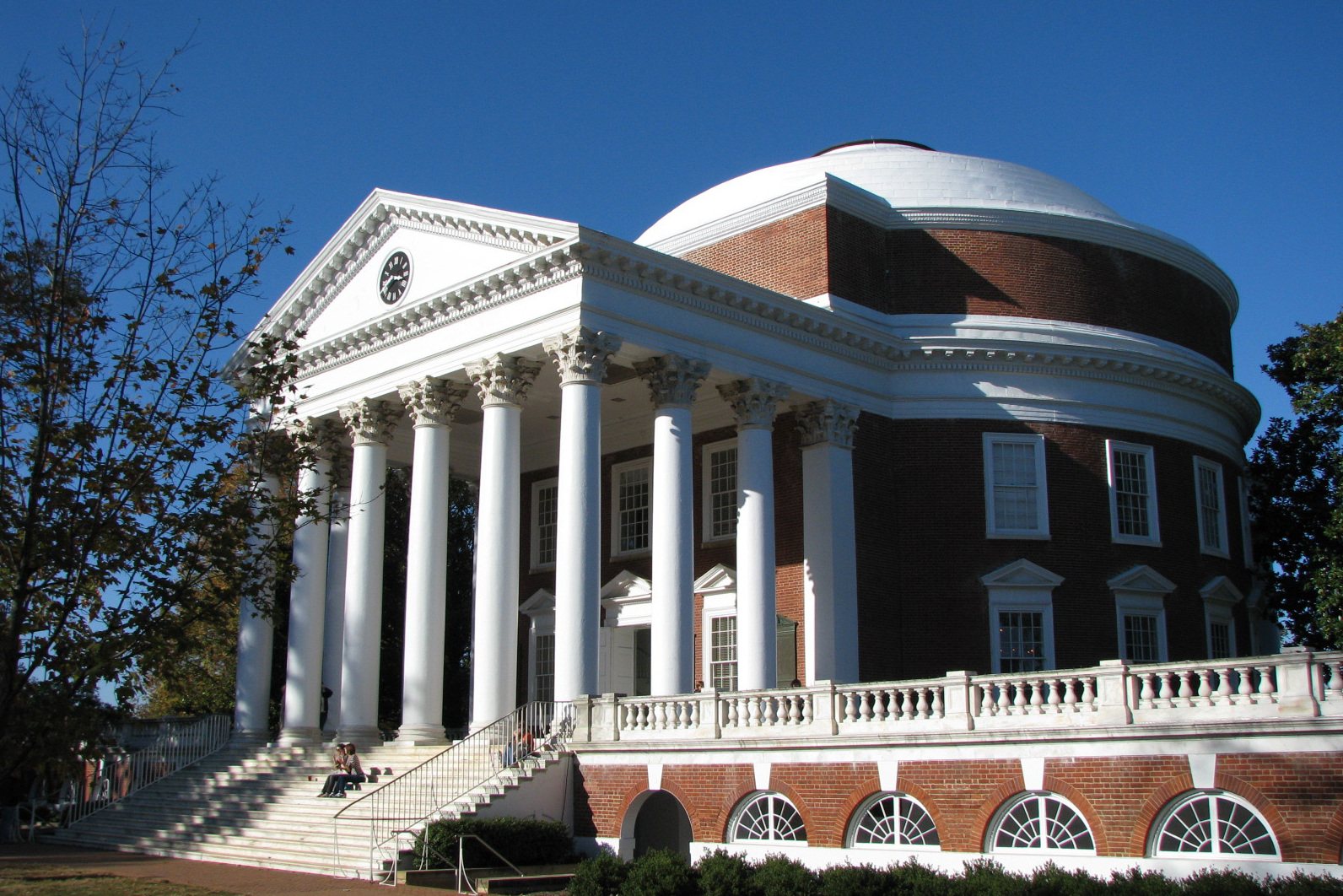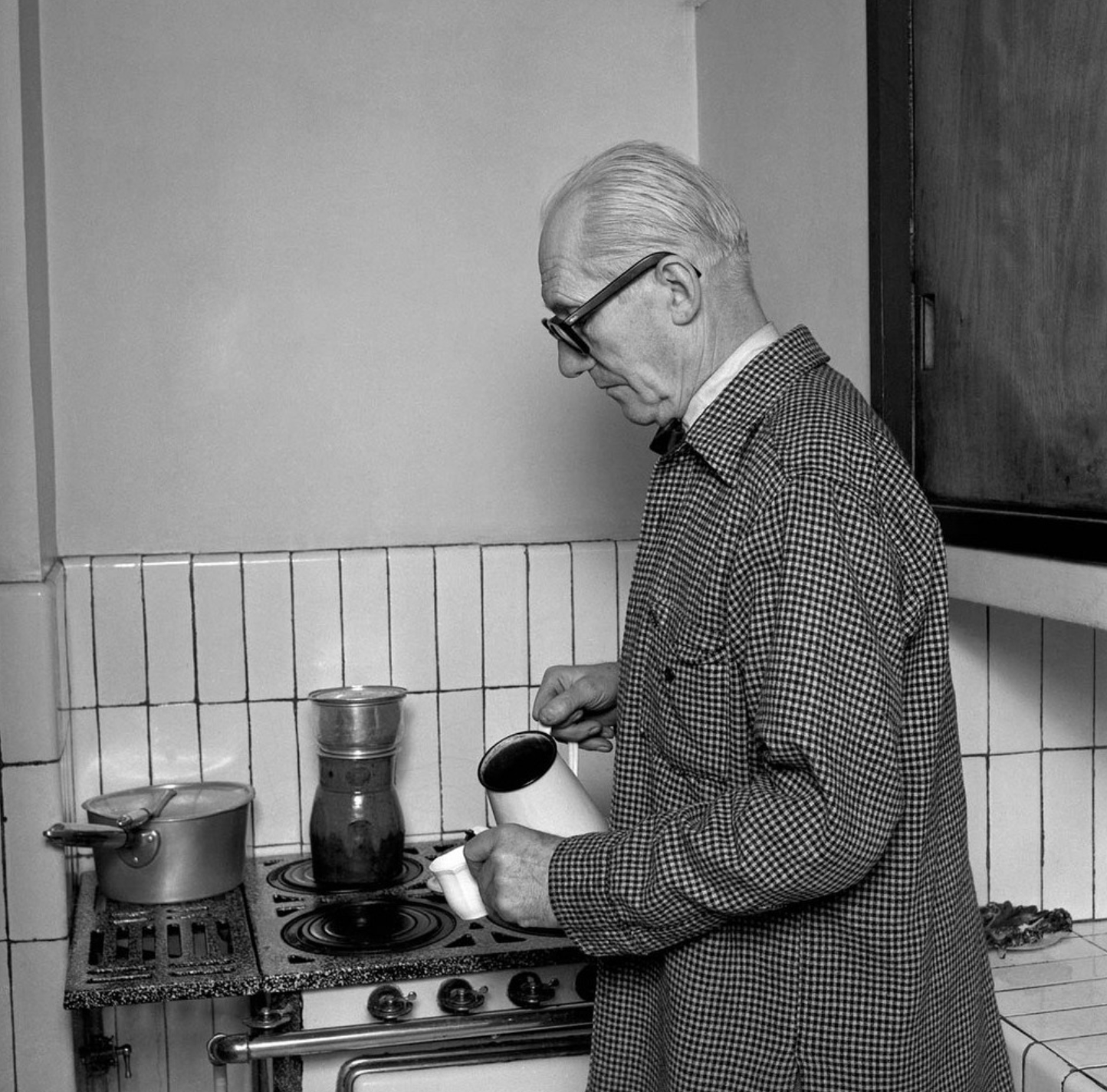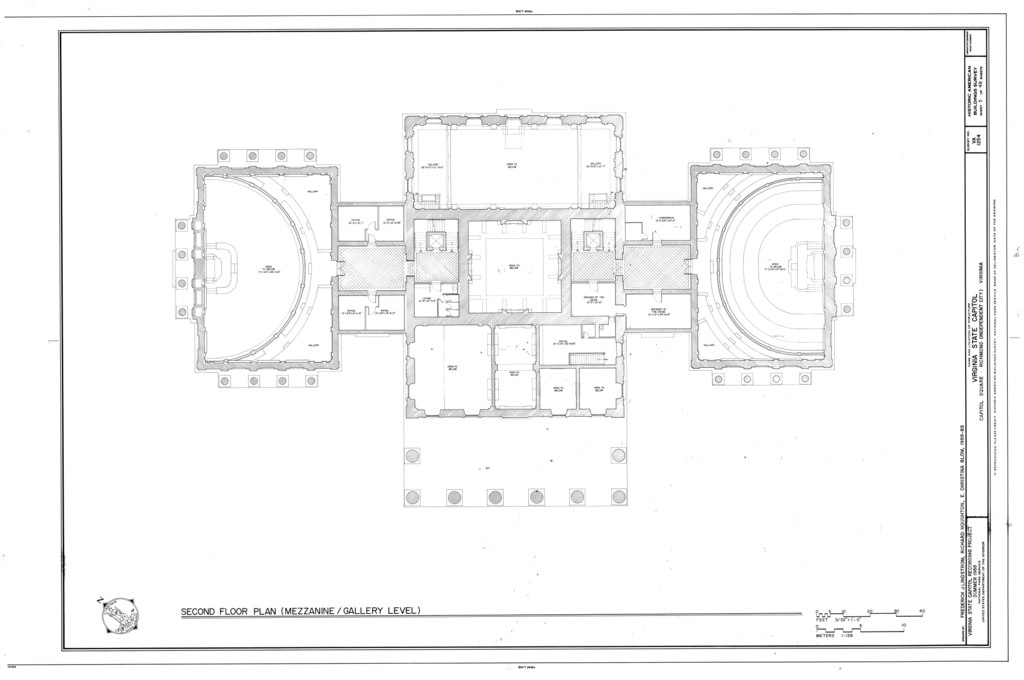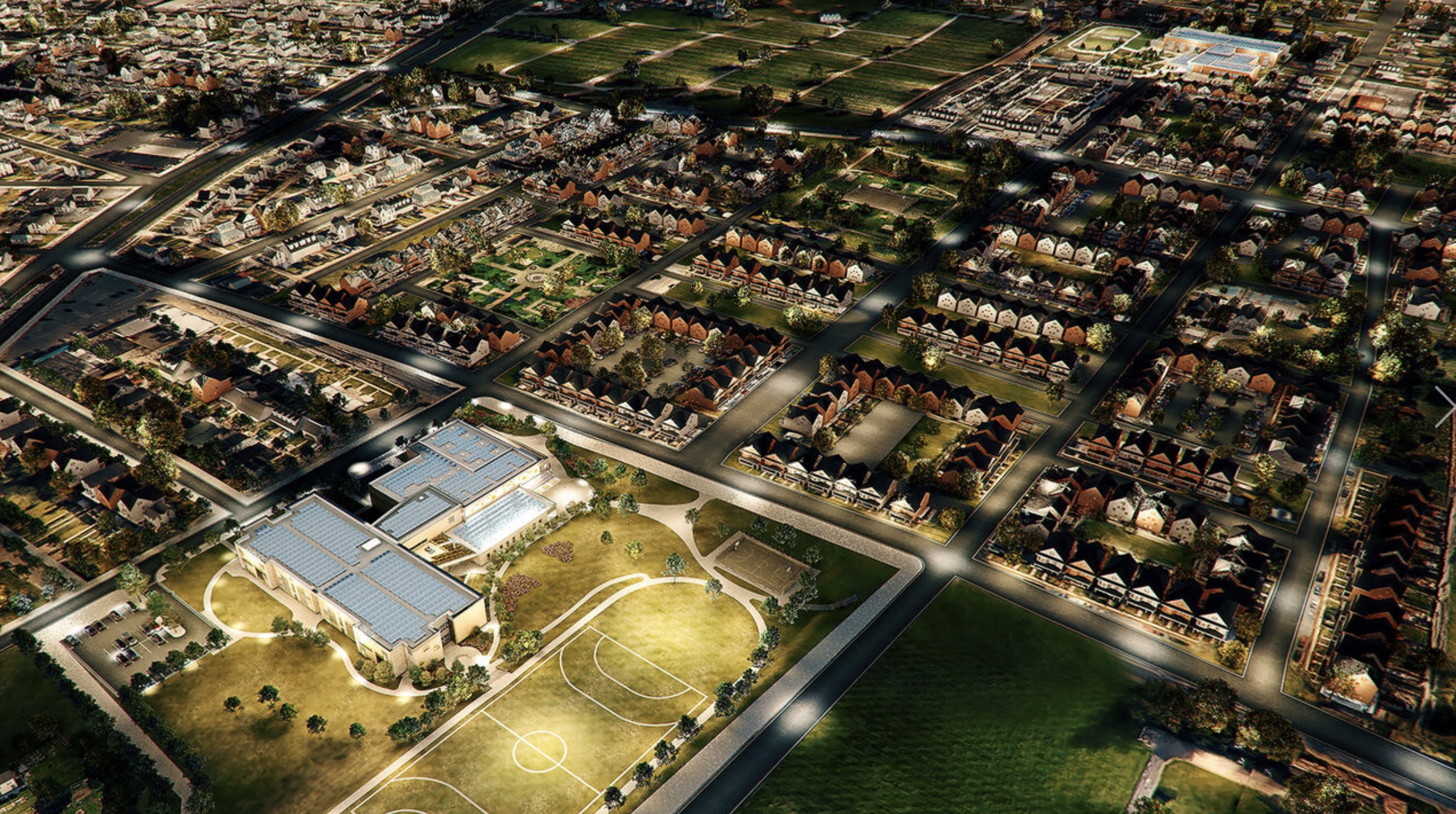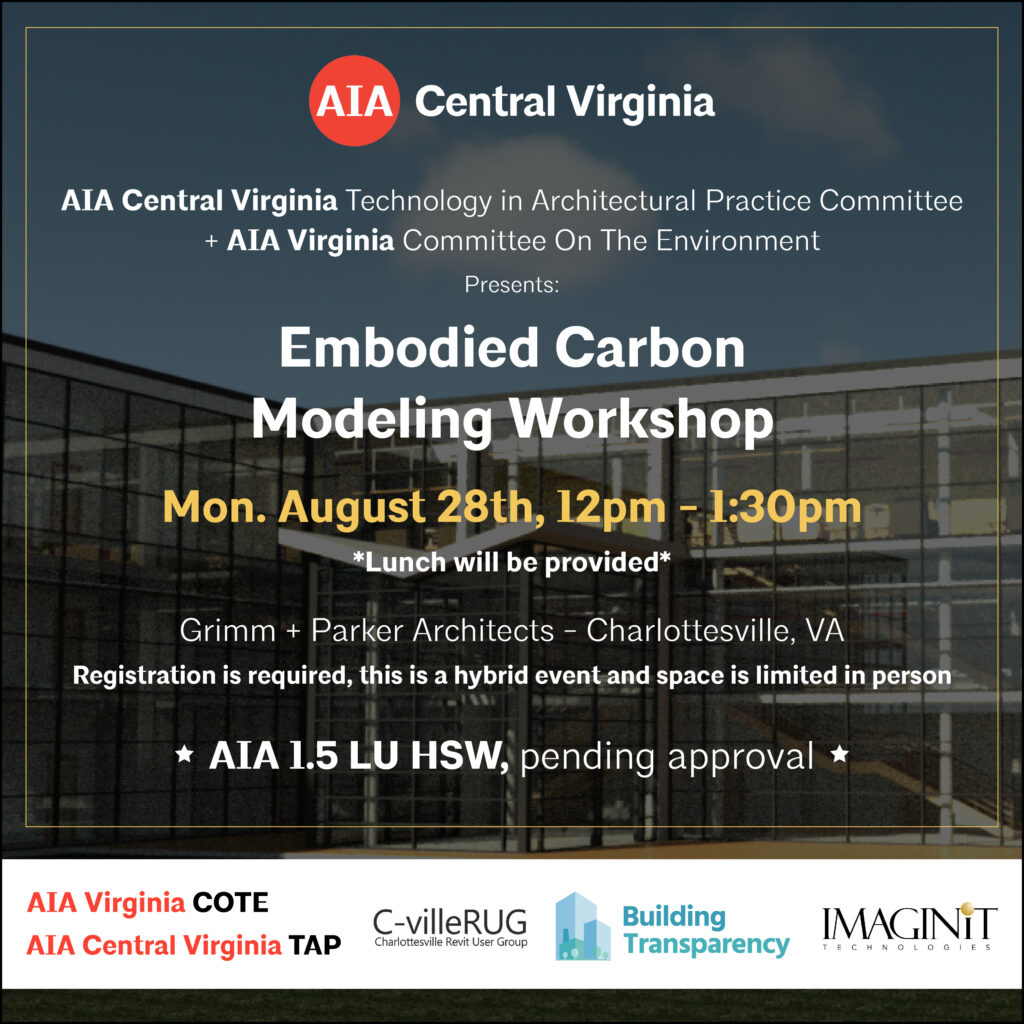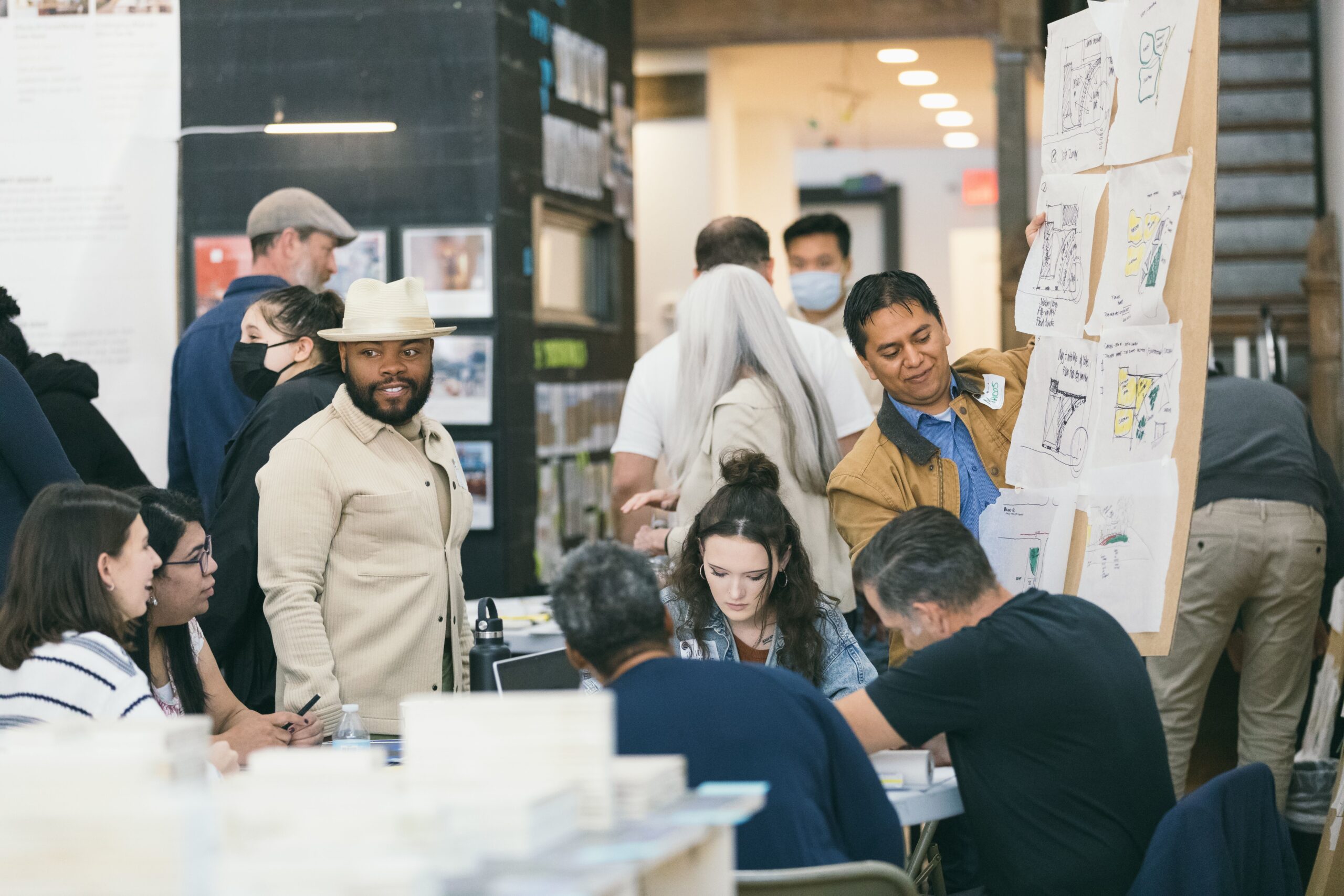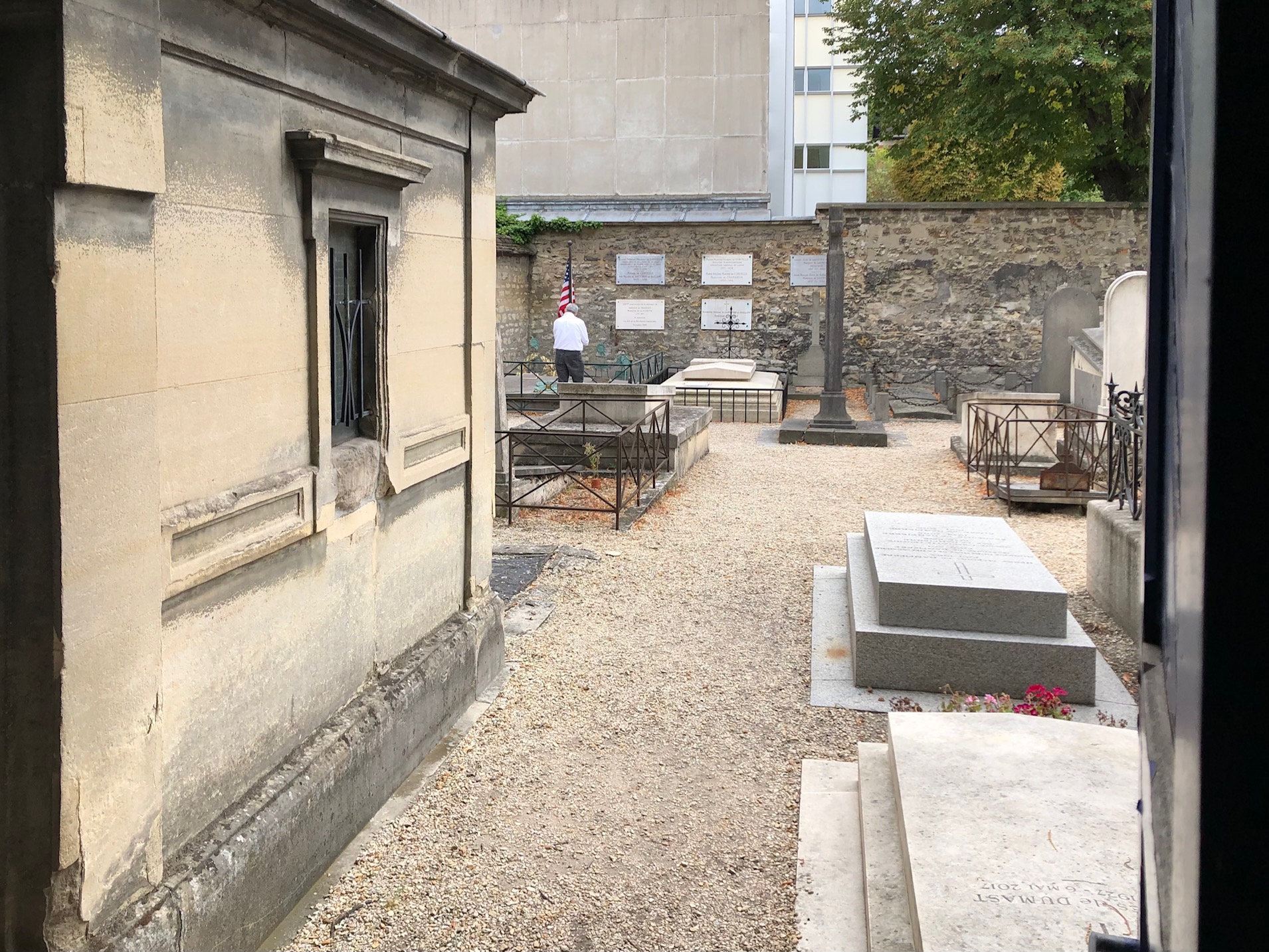The Traditional Building Conference, now in its eighth year, rolls into Charlottesville on Mar. 26-27 with a blue-ribbon set of speakers covering a range of topics. Keynoter Nakita Reed, AIA, an associate at Quinn Evans Architects in Washington, DC, will talk about resilient regeneration at the intersection of the global climate crisis and social inequity. “Existing places harbor enormous value in the form of invested ideas, culture, material, and carbon,” she says, “and every project is an opportunity to understand and work on a unique combination of social and performance issues.”
John G. Waite, FAIA, and Clay S. Palazzo, AIA, will deliver a special talk entitled “Restoring Jefferson’s Rotunda,” covering the ins-and-outs of one of the most watched (and complicated) projects in recent memory, including the advanced conservation measures employed to bring it to fruition. The event also includes visits to area sites and projects including a tour of the new student chapel at the University of Virginia, led by presenters Ethan Anthony, AIA, and Matthew Alderman, both of Boston’s Cram and Ferguson Architects.
Interested? Register today.

